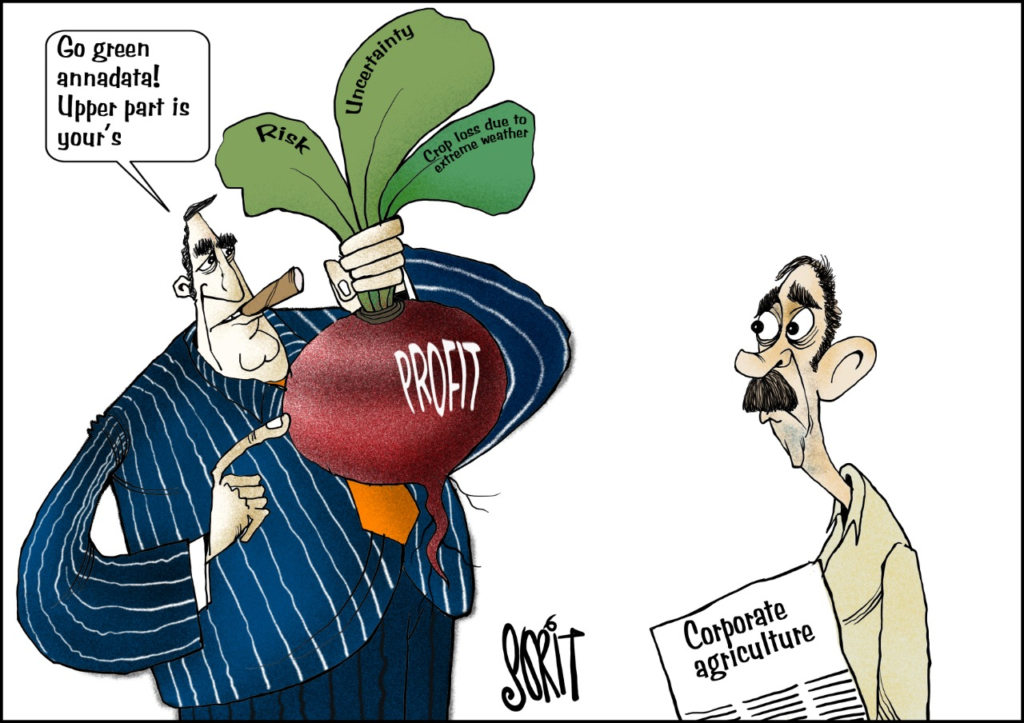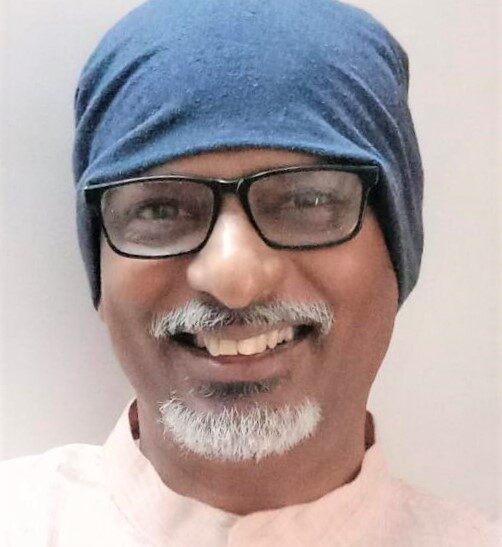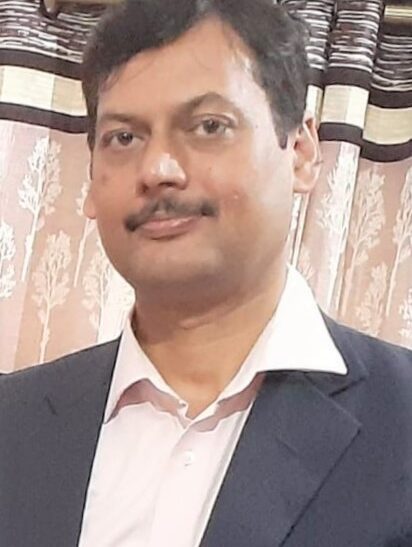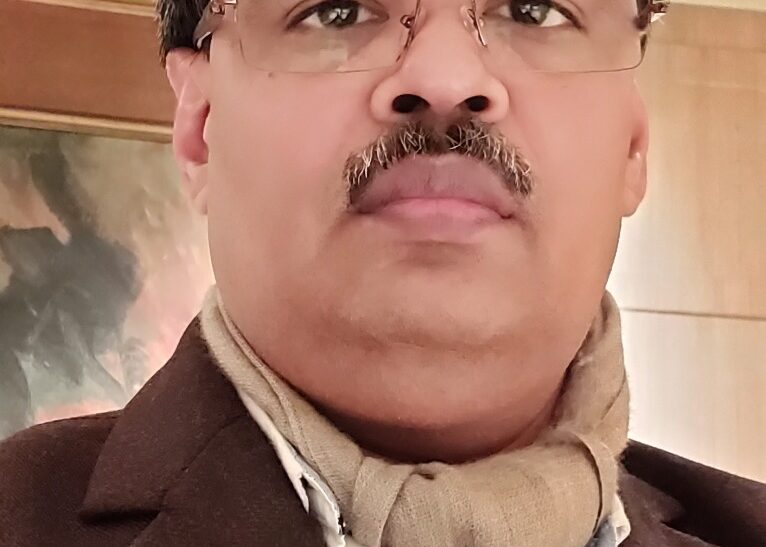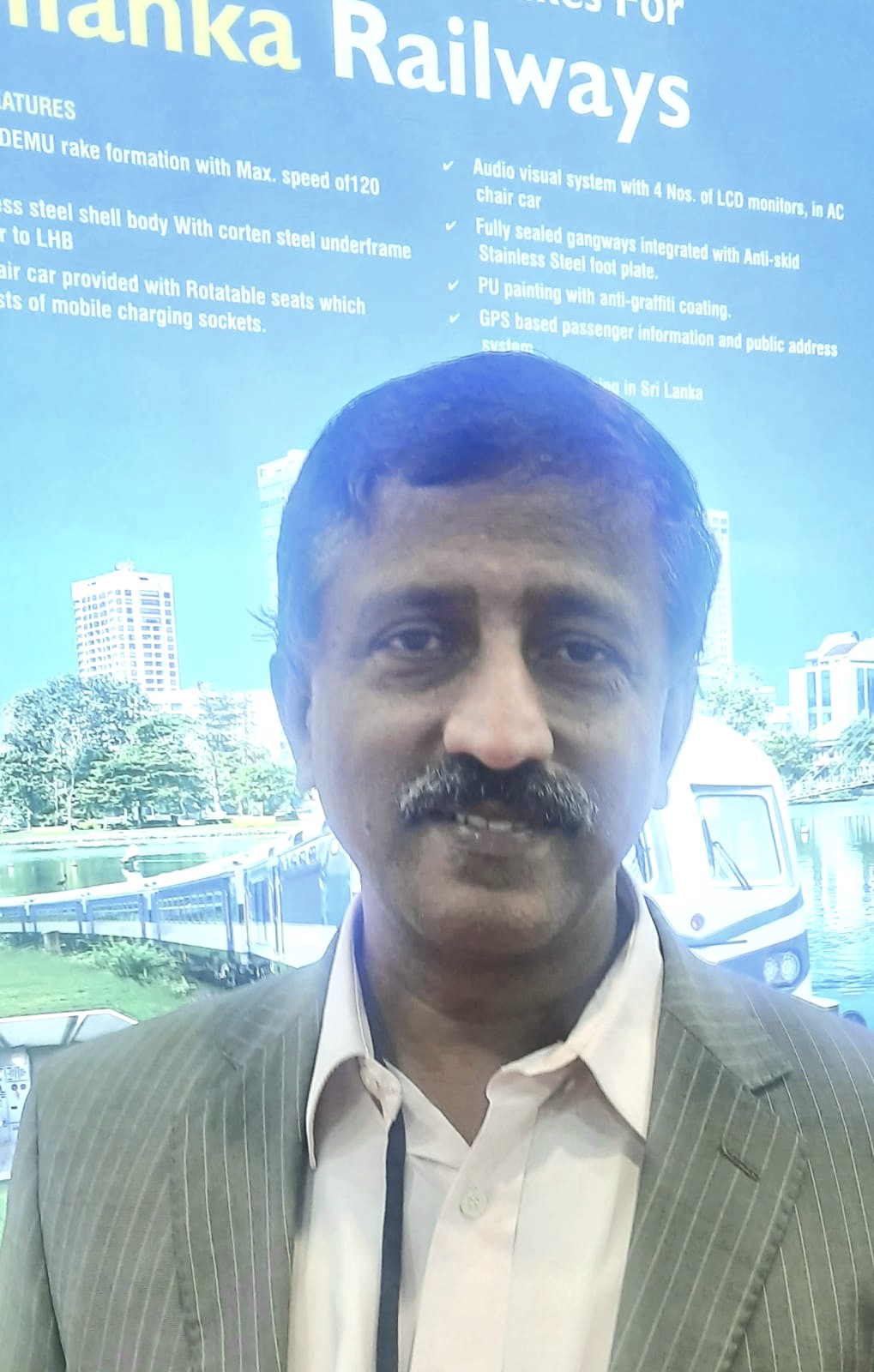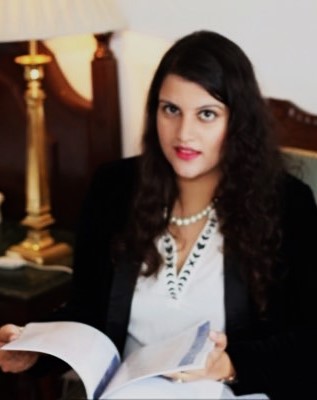Sorit Gupto, an editorial #cartoonist with over 25 years of experience in various mainstream #newspapers & #magazines. He started his professional career at The Observer of Business & Politics and has worked in leading media houses like The Times of India and Outlookindia. He has authored several graphic children books. One of his creation Bunty & Bubbly was published in 80 different languages all over the world. Here is an exclusive interview with The Interview World.
#1. How was your journey as a cartoonist started?
People normally boasts, “I was very creative since my childhood days and hands-on doing doodles. Passion for caricatures and cartoons germinated at a very young age. I was equally intellectual and bit eccentric, a child prodigy having knowledge of international politics, history, and what’s not. This was a trigger for me to opt for a carrier in editorial cartooning.” But the reality is different.
In my case, I didn’t have the grades to pursue my Ph.D., neither had the ability to crack any exams, which could have provided me a job. When I passed out MSc in early nineties, I realised like any other person of my class that I was simply a non-productive educated youth manufactured by our rotten educational system.
In the early 90’s political and economic scenario was turbulent. Balance of payment was a huge burden for the country. Jobs were shrinking. During that time, a small compilation of my editorial cartoons was published by SAHAMAT. That was a ‘judgmental day’ for me. For the first time, I realised that one could have a job as a cartoonist in a newspaper easily. Only a sense of humour is sufficient. Being a student of Zoology I had the advantage of knack at drawing. The only thing I lacked was political humour. That was not a big deal. And that’s how I became an ‘editorial cartoonist.
#2. What’s the impact of electronic media on cartoon creation? Has it shrunk or expanded?
The impact of electronic media on the profession of cartooning is a kind of one of the finest examples of poetic justice. Till a decade ago newspapers/magazines used to tell an upcoming cartoonist, “We don’t want a cartoonist!” Thanks to the online revolution! Now, an upcoming cartoonist says, “I don’t need a newspaper!”
#3. You have created some children books based on cartoons with NBT. Please tell us about those books.
Editorial cartooning is essentially a pallid profession. It has nothing to do with writing stories for the kids. The credit of transforming deadwood (read political cartoonist) into a story writer for kids goes one and only to my daughter. Like any other parent, we used to tell our daughter bedtime stories. One day we thought why can’t we illustrate these stories? That was the beginning of the journey of parents into authors and illustrators. We didn’t really know what to do with our stories. Friends suggested that I should approach different publishers. One of them was National Book Trust (NBT). Our first book was published NBT.
I had the privilege to get inspired by my journalist friends Shakti and Sharat. Their inspiration gave me impetus to write a book. Thanks to their motivation! I wrote the book titled “Bunty & Bubly”, which has been published by Pratham Books, translated into more than eighty languages worldwide. Soon we realised that we need to start our own publication. With zero experience and zero investment, we started our own publishing house named on our daughter, ‘Asmi Books’. After 5 years of existence, we had roughly twenty titles with presence on Amazon. Our journey taught us one simple thing that each one of us is a writer, an illustrator. Another thing that our humble effort teaches us is the fact that when you write/illustrate for your kid, you are essentially live your second childhood.
#4. Most of the comics in India are available in English. However, most of our population read books in vernacular languages. What’s your take on this?
English is not our spoken language beyond metros. A major population of children read in Hindi and other regional languages. If you ask kids from smaller towns of India, they will refer the names of Panchatantra and Akbar-Birbal written in Hindi or regional languages. There is a huge market for comic creators in vernacular languages in India.
#5. What’s you take on the difference between Indian & foreign comics?
Comics is a different art form altogether. I still don’t understand why both the illustrator of comics, say Pran of Chacha Choudhary fame, and the creator of a stand-alone cartoon say Unny (we see in online platforms/newspapers) is known as ‘cartoonist’?
I have some readings on comics. Most of the editorial cartoonist maintain a safe distance from comics. In India, comics are still in nascent stage. I am working on comics based on the agrarian crisis of India. There are no takers of the comics on farmer’s distress.
